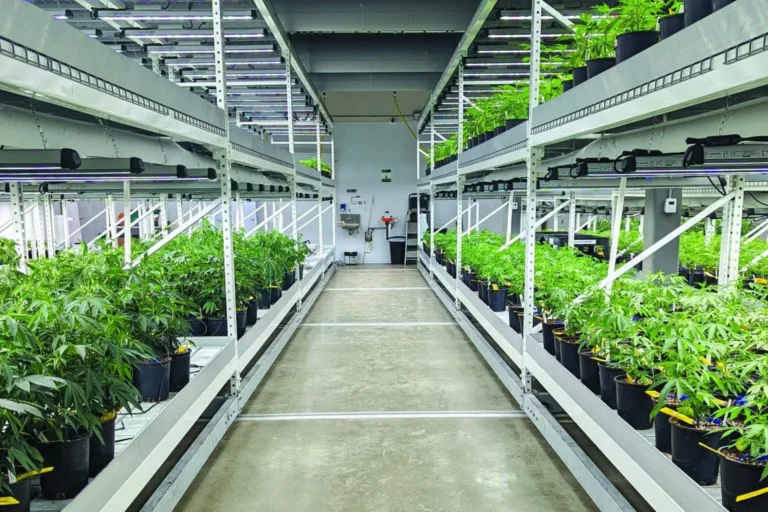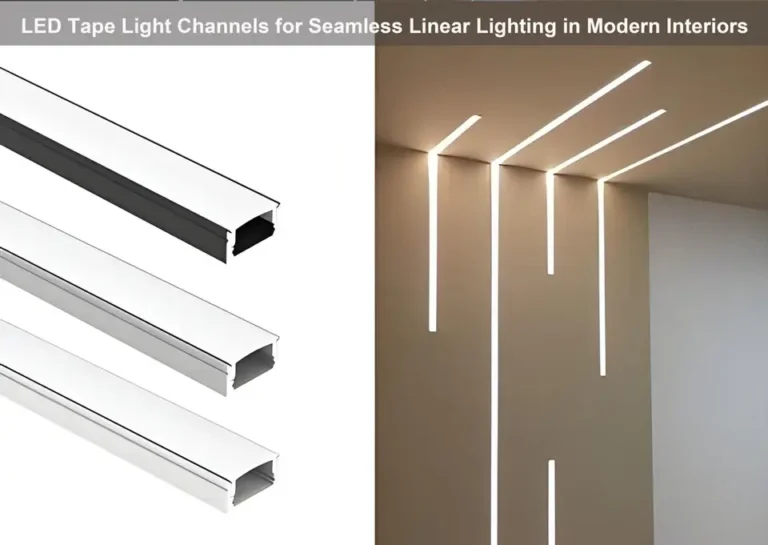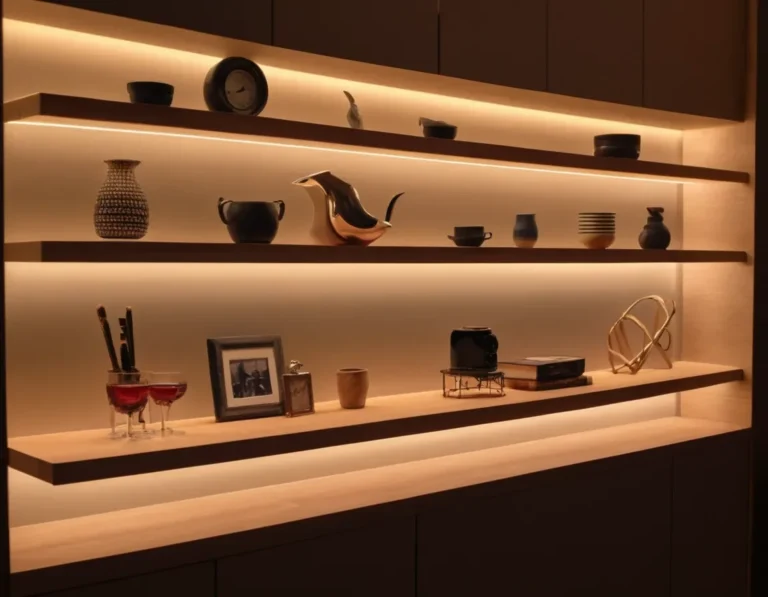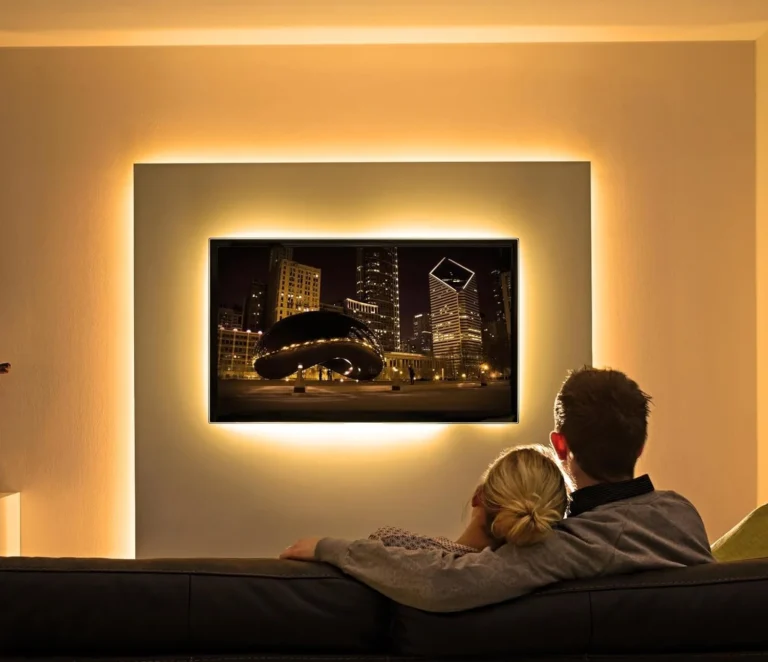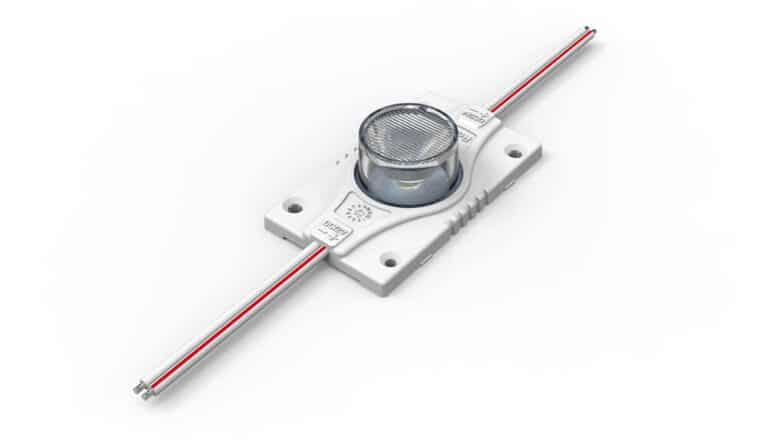في الزراعة الداخلية الحديثة وزراعة الصوب الزراعية، لا تُعد الإضاءة مجرد مكملات - بل هي عامل حاسم لصحة النباتات وإنتاجيتها وجودتها. لقد أصبحت مصابيح LED عالية الطاقة ذات الطيف الكامل هي الحل الأمثل للمزارعين المحترفين الذين يهدفون إلى زيادة الكفاءة وأداء المحاصيل. ولكن مع وجود عدد لا يحصى من الموديلات في السوق، كيف تختار الطراز المناسب؟ يمكن أن يؤدي فهم المعايير الفنية الرئيسية - والتحديات الشائعة التي تواجهها في التطبيقات الواقعية - إلى إحداث فرق كبير.
ما هو مصباح النمو عالي الطاقة كامل الطيف LED عالي الطاقة؟
عادةً ما يشير مصباح LED عالي الطاقة إلى وحدة إضاءة ذات معدل إضاءة أعلى من 200 واط، وهي مصممة لتوصيل إضاءة مكثفة وموحدة على مساحة زراعة أكبر. تُعد هذه المصابيح مثالية للعمليات التجارية حيث تتطلب النباتات إضاءة متسقة وعالية الكثافة لتحفيز عملية البناء الضوئي بشكل فعال. وغالبًا ما توفر المصابيح عالية الطاقة كثافة تدفق فوتون ضوئي أعلى (PPFD) وأنظمة أفضل لتبديد الحرارة مقارنةً بالموديلات ذات القوة الكهربائية المنخفضة، مما يجعلها مناسبة للمزارع الرأسية والصوبات الزراعية وغرف الزراعة الداخلية الكبيرة.
يحاكي مصباح LED كامل الطيف ضوء الشمس الطبيعي من خلال انبعاث مجموعة واسعة من الأطوال الموجية - من الأشعة فوق البنفسجية إلى الأحمر البعيد. يدعم هذا الطيف كل مرحلة من مراحل نمو النبات، من مرحلة الشتلات إلى مرحلة الإزهار. على عكس مصابيح النمو التقليدية ذات اللونين الأحمر والأزرق، توفر تصميمات الطيف الكامل بيئة ضوئية أكثر توازناً وفعالية، مما يعزز النمو الصحي وزيادة المحصول. عادةً ما تشتمل تركيبات الطيف الكامل الحقيقية على قمم باللون الأزرق (400-500 نانومتر) والأحمر (600-700 نانومتر) وأطوال موجية إضافية مثل الأشعة فوق البنفسجية-أ والأشعة فوق البنفسجية-أحمر بعيد (730 نانومتر) لتعزيز استجابات نباتية محددة.
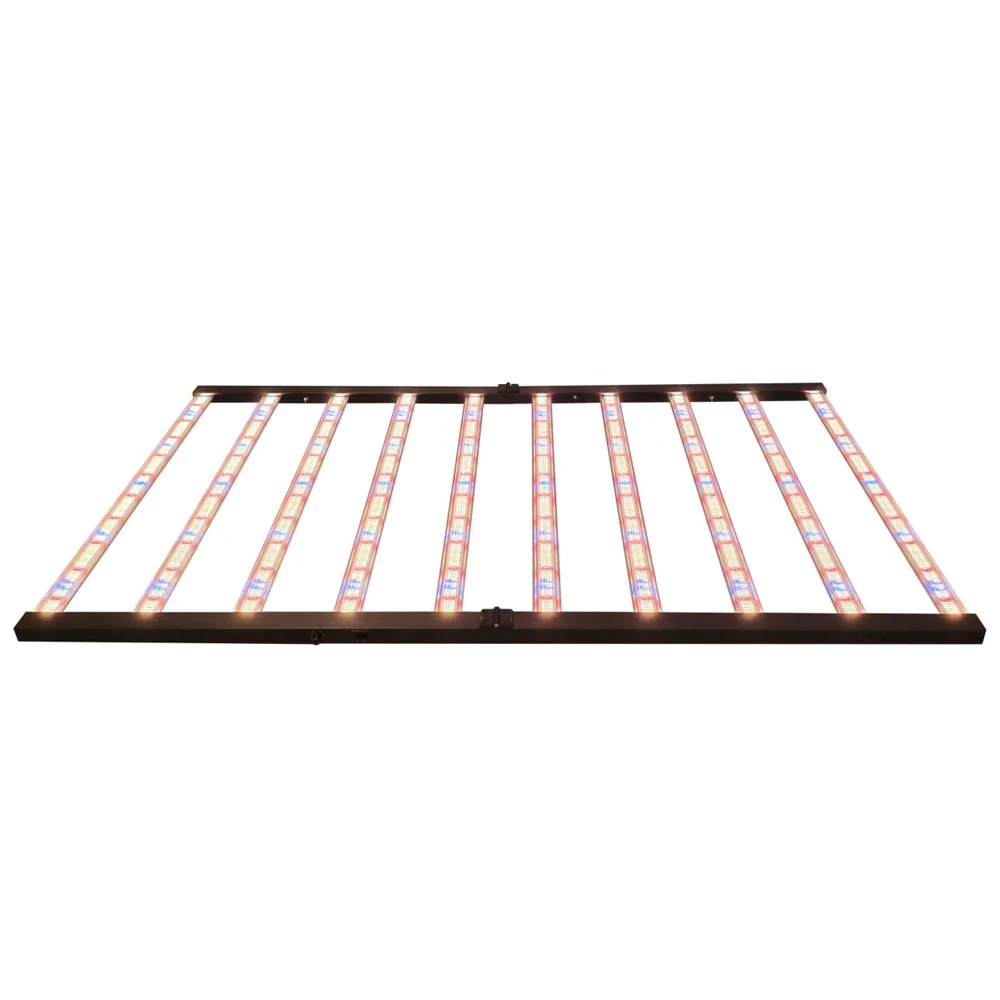
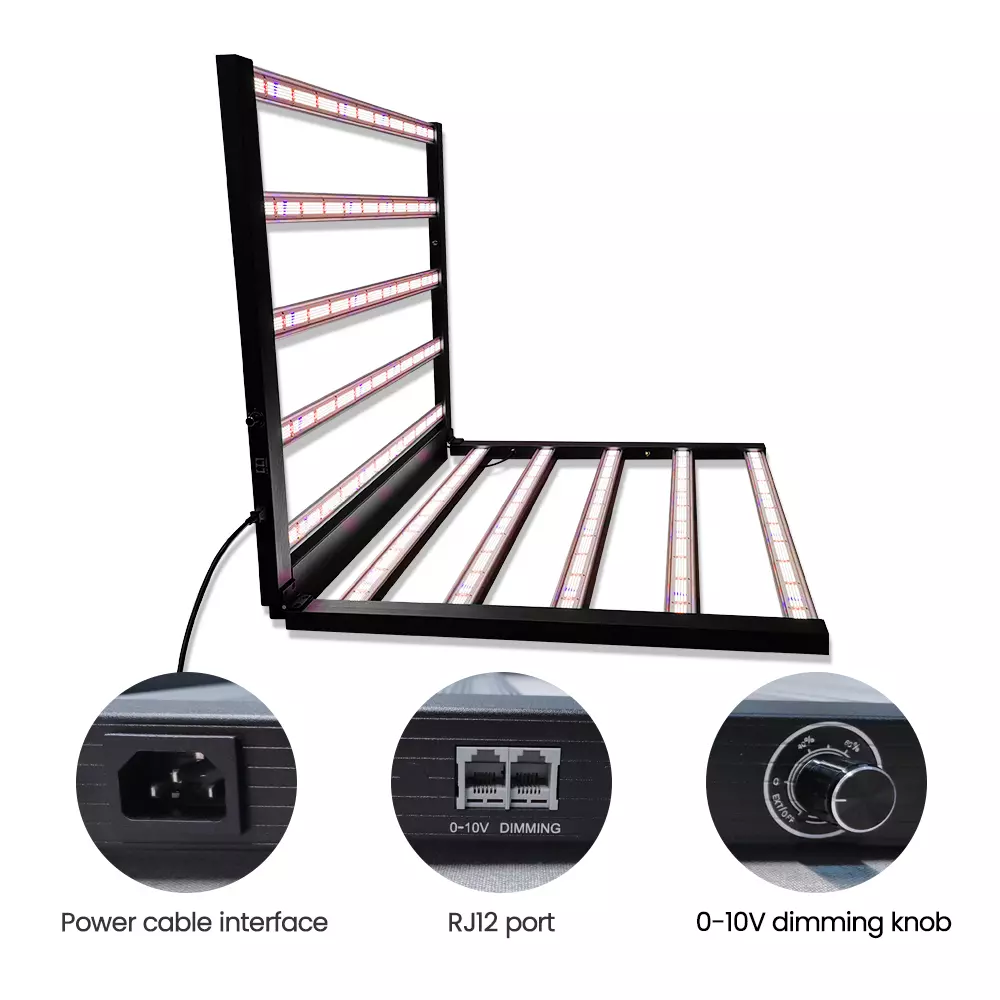
لماذا تُعد مصابيح LED عالية الطاقة كاملة الطيف (LED) ذات الطيف الكامل مهمة للزراعة التجارية
سرعان ما أصبحت مصابيح LED عالية الطاقة كاملة الطيف ذات الطيف الكامل أدوات أساسية للزراعة الاحترافية. إليك سبب أهميتها:
1. تعزيز الإنتاجية والجودة
بفضل كثافة الضوء المحسّنة والإخراج الطيفي المتوازن بشكل جيد، تعمل مصابيح LED كاملة الطيف عالية الطاقة على تعزيز التمثيل الضوئي للنبات بشكل مباشر، مما يؤدي إلى دورات نمو أسرع وأوراق شجر أكثر كثافة وإنتاجية أعلى للفاكهة أو الزهور. كما يحسن ضوء الطيف الكامل - خاصةً عندما يتم تعزيزه بمكونات الأشعة فوق البنفسجية والأشعة فوق البنفسجية البعيدة - من إنتاج المستقلبات الثانوية، وهو أمر بالغ الأهمية في المحاصيل مثل الطماطم أو الفراولة أو الأعشاب أو النباتات الطبية.
2. اتجاهات الصناعة الداعمة: زراعة واسعة النطاق وموفرة للعمالة
مع تحول الزراعة التجارية نحو الأتمتة والتوسع، تختار عمليات الزراعة الكبيرة تركيبات الدايودات الباعثة للضوء عالية الطاقة بسبب متانتها وسهولة تركيبها وانخفاض متطلبات الصيانة. ومع زيادة الإنتاجية لكل وحدة، يلزم عدد أقل من التركيبات لتغطية نفس المساحة، مما يقلل من تعقيد الإعداد وتكاليف العمالة المستمرة. كما تسمح أنظمة التعتيم المدمجة وأنظمة التحكم الذكية للمزارعين بضبط استراتيجيات الإضاءة بأقل قدر من التدخل اليدوي.
3. تطبيق واسع النطاق عبر نماذج زراعة متعددة
بدءًا من المزارع الرأسية عالية التقنية وإعدادات الزراعة المائية إلى الصوبات الزراعية التجارية وغرف الزراعة الداخلية التي يتم التحكم فيها في البيئة، توفر مصابيح الطيف الكامل عالية الطاقة قدرة لا مثيل لها على التكيف. إن تصميمها القوي ومخرجات PPFD العالية والإدارة الحرارية الفعالة تجعلها مناسبة لمختلف المحاصيل والبيئات - من الخضر الورقية إلى النباتات المثمرة والمحاصيل المتخصصة.
4. كفاءة الطاقة وعائد الاستثمار طويل الأجل
على الرغم من إنتاجها العالي، فإن مصابيح LED الحديثة عالية الطاقة مصممة لتحقيق كفاءة الطاقة، وغالبًا ما تقدم قيم PPE (فعالية الفوتون الضوئي) أعلى من 2.7 ميكرولتر/يوم. ومقارنةً بأنظمة HPS أو الفلورسنت التي عفا عليها الزمن، يمكن لمصابيح LED هذه أن تقلل من استهلاك الكهرباء بنسبة 30-50%، مما يقلل بشكل كبير من تكاليف التشغيل بمرور الوقت. وبالنسبة للمزارعين الذين يبحثون عن استثمار مستدام وطويل الأجل في مجال الإضاءة، فإنها توفر مزايا تقنية واقتصادية على حد سواء.
الجدول: مقارنة بين أنواع مصابيح النمو للزراعة التجارية
| الميزة | مصباح LED عالي الطاقة كامل الطيف LED للزراعة | مصباح النمو التقليدي HPS | مصباح النمو LED منخفض الطاقة |
| الطيف الضوئي | طيف كامل (400-730 نانومتر) | محدودة، معظمها أحمر-أصفر | الطيف الجزئي، وغالبًا ما يفتقر إلى الأشعة فوق البنفسجية/الأحمر البعيد |
| مخرجات PPFD | عالية (≥ 1000 ميكرولولتر/م²/ثانية) | متوسط إلى مرتفع | منخفضة إلى متوسطة |
| كفاءة الطاقة (معدات الوقاية الشخصية) | 2.5 - 3.0 ميكرومول/ج | 1.3-1.7 ميكرومول/ج | 1.8 - 2.2 ميكرومول/يوم/يوم |
| ناتج الحرارة | منخفض (تصميم حراري جيد) | عالية | منخفضة |
| العمر الافتراضي | 50,000-60,000 ساعة | 10,000 إلى 20,000 ساعة | 20,000 إلى 30,000 ساعة |
| ميزات التحكم | التعتيم والمؤقت والتحكم الذكي | تحكم محدود | التعتيم الأساسي أو لا شيء |
| التركيب والصيانة | سهولة التوصيل والتشغيل | الاستبدال المتكرر والضخم | مناسبة للاستخدام على نطاق صغير |
| نطاق التطبيق | المزارع العمودية، والصوبات الزراعية، والزراعات الداخلية الكبيرة | الدفيئات الزراعية، الأنظمة القديمة | الزراعة المنزلية، وإعدادات الاختبار |
| السعر | $220-$380 | $50-$100 | $18-$50 |
المواصفات الرئيسية التي يجب مراعاتها قبل الشراء
عند اختيار مصباح LED عالي الطاقة كامل الطيف للزراعة التجارية، فإن فهم المواصفات الفنية أمر بالغ الأهمية. تؤثر هذه المعلمات بشكل مباشر على نمو النبات واستخدام الطاقة والعائد على الاستثمار على المدى الطويل. فيما يلي أهم العوامل التي يجب تقييمها:
1. PPFD (كثافة تدفق الفوتون الضوئي)
يقيس PPFD كمية الضوء (بالميكرومول/م²/ثانية) التي تصل بالفعل إلى مظلة النبات. بالنسبة للمحاصيل عالية الكثافة أو إعدادات الزراعة الكثيفة، غالبًا ما تكون مستويات PPFD من 800-1200 ميكرولتر/م²/ثانية مطلوبة. اطلب دائمًا خريطة PPFD من الموردين لمعرفة مدى توزيع الضوء بالتساوي عبر المنطقة المستهدفة.
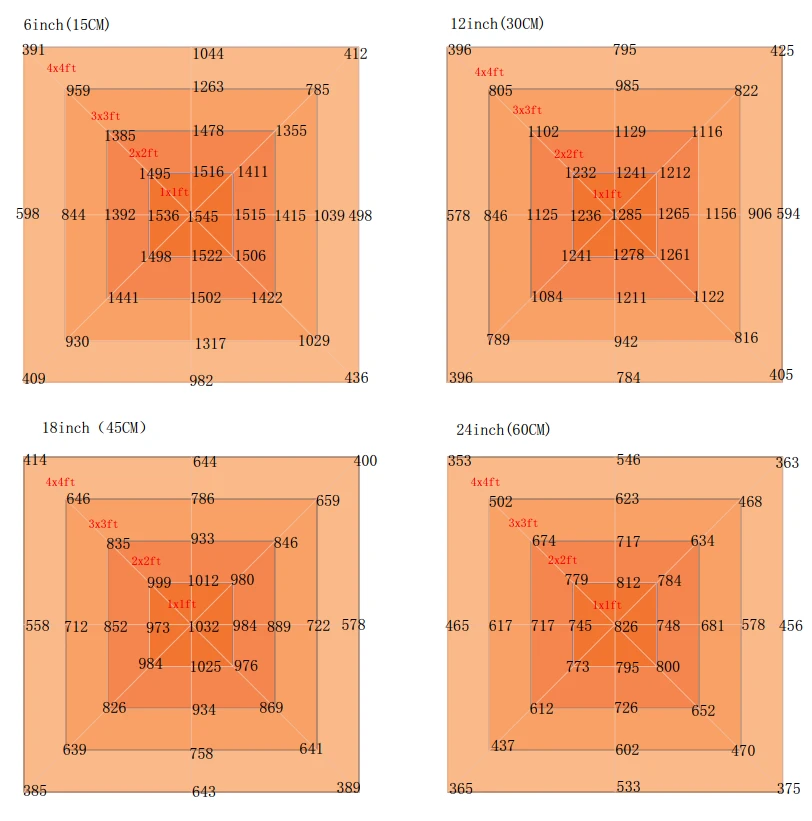
2. كفاءة الفوتون الضوئي (PPE)
يُظهر هذا المقياس، الذي يقاس بالميكرومول/يومتر مكعب، مدى كفاءة التجهيزات في تحويل الطاقة الكهربائية إلى ضوء قابل للاستخدام في عملية البناء الضوئي. يجب أن يكون لمصباح LED الجيد من الدرجة التجارية مصباح نمو جيد من الدرجة التجارية معدات إضاءة PPE أعلى من 2.5 ميكرومول/يوم. الفعالية الأعلى تعني المزيد من الضوء بطاقة أقل، مما يقلل من تكاليف التشغيل بمرور الوقت.
3. القوة الكهربائية الحقيقية وإخراج الضوء
لا تنخدع بادعاءات القوة الكهربائية المبالغ فيها. ابحث عن المصابيح ذات تصنيفات الطاقة التي تم التحقق منها ومخرجات PPF المقابلة (تقاس بالميكرومول/ثانية). يجب أن تنتج التركيبات بقدرة 640 واط بشكل مثالي حوالي 1700-1900 ميكرومول/ثانية.
4. تكوين الطيف
لا يقتصر الطيف الكامل على "الضوء الأبيض" فقط. تتضمن مصابيح النمو الفعالة مزيجًا مخصصًا من اللون الأزرق (400-500 نانومتر) للنمو الخضري، والأحمر (600-700 نانومتر) للإزهار، وأحيانًا الأحمر البعيد (730 نانومتر) والأشعة فوق البنفسجية-أ (360-400 نانومتر) لتحفيز استجابات نباتية محددة. اطلب رسمًا بيانيًا طيفيًا للتحقق من الناتج الفعلي.
إذا كنت ترغب في التعرف على تأثيرات أنواع الضوء المختلفة على نمو النبات، اقرأ هذا المقال, كل ما تحتاج إلى معرفته عن مصابيح LED المتنامية.
5. الإدارة الحرارية
تولد مصابيح LED عالية الطاقة حرارة، وسيؤدي ضعف تبديد الحرارة إلى تقصير العمر الافتراضي وتقليل الأداء. ابحث عن التركيبات المزودة بمبددات حرارة من الألومنيوم أو مراوح تبريد نشطة أو تصميمات الحمل الحراري السلبي، حسب الإعدادات التي تستخدمها.
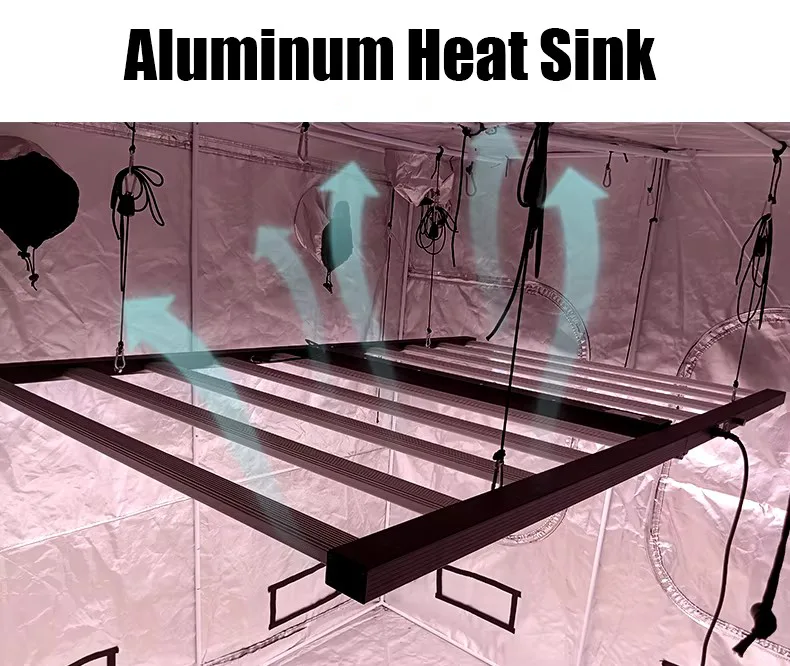
6. العمر الافتراضي وشهادات الجودة
بالنسبة للعمليات واسعة النطاق، الموثوقية غير قابلة للتفاوض. اختر المنتجات التي تم اختبارها وفقًا لمعايير LM-80 أو TM-21 أو UL/ETL، مع عمر افتراضي متوقع يزيد عن 50,000 ساعة. تُعد تصنيفات IP (مثل IP65/IP67) ضرورية أيضًا للبيئات الدفيئة أو الرطبة.
7. ميزات التحكم والأتمتة
أصبحت أدوات التحكم الذكية قياسية في الأنظمة التجارية. ابحث عن التعتيم (0-10 فولت أو PWM)، ومنافذ اتصال RJ/RS، وجدولة المؤقت. تتكامل بعض التجهيزات مع أنظمة الزراعة الذكية لضبط الإضاءة في الوقت الفعلي ومراقبة الطاقة.
نقاط الألم الشائعة للمزارعين والموزعين المحترفين - وكيف نحلها
على الرغم من أن مصابيح LED عالية الطاقة كاملة الطيف توفر إمكانات كبيرة، إلا أن العديد من المشترين المحترفين يواجهون مشاكل متكررة عند الحصول على هذه المنتجات. ولمساعدة المزارعين والموزعين على تجنب الأخطاء المكلفة قمنا بمعالجة أكثر المشاكل شيوعًا مع حلول مجربة:
1. تقييمات الطاقة المبالغ فيها (مطالبات القوة الكهربائية المزيفة)
المشكلة يبالغ العديد من الموردين في القوة الكهربائية أو يخلطون بين طاقة الإدخال والإخراج الفعلي للضوء، مما يؤدي إلى نتائج أقل من الأداء في الزراعة الواقعية.
الحل الذي نقدمه: نحن نوفر تقارير اختبار IES التي تم التحقق منها ودمج بيانات اختبار المجال لكل طراز. تُظهر هذه المستندات القوة الكهربائية الدقيقة، وعامل التثبيت PPF (ميكرومول/ث) والكفاءة، مما يضمن الشفافية الكاملة قبل الشراء.
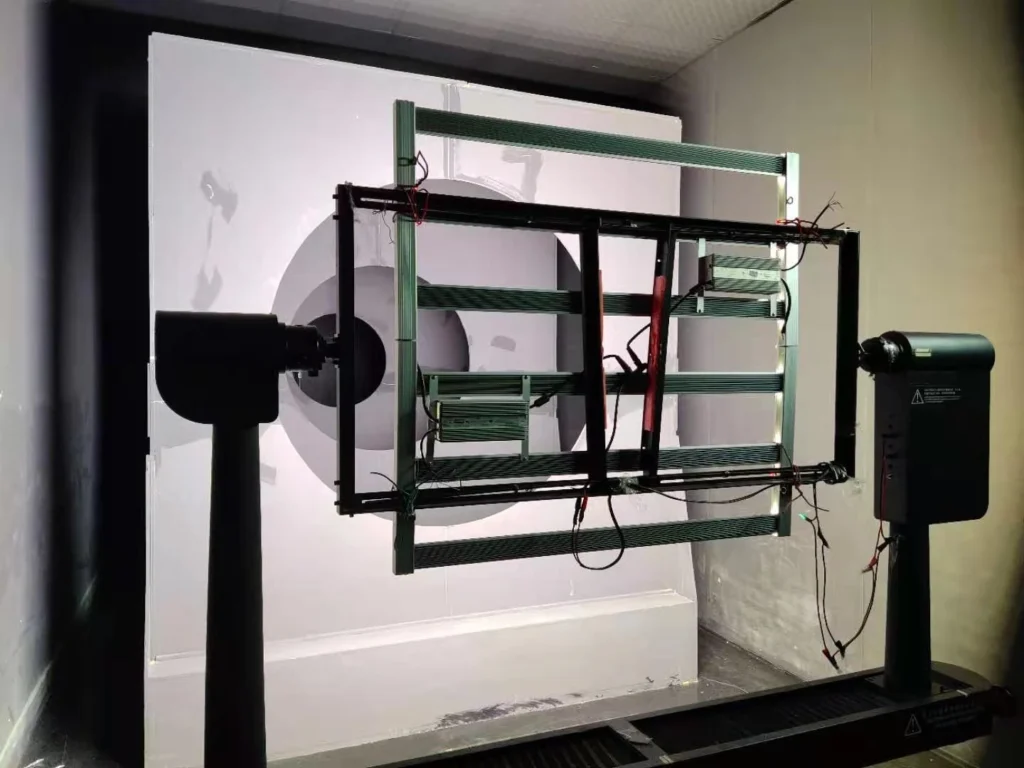
2. طيف غير مكتمل أو مضلل
المشكلة بعض ما يسمى بمصابيح "الطيف الكامل" تستخدم ببساطة مصابيح LED بيضاء عامة، وتفتقر إلى النطاقات الحمراء أو الحمراء البعيدة أو الأشعة فوق البنفسجية اللازمة لنمو النباتات على النحو الأمثل.
الحل الذي نقدمه: نحن نقدم بيانات طيفية كاملة، بما في ذلك مخططات طيف التركيبات الكاملة، وطيف رقاقة LED، ونسب الصمام الثنائي التفصيلية. ستعرف بالضبط ما تتلقاه نباتاتك.
3. توزيع الضوء غير المتكافئ
المشكلة البقع الساخنة والمناطق المظلمة شائعة مع سوء التصميم البصري، مما يؤدي إلى نمو غير متناسق للنبات.
الحل الذي نقدمه: يتم اختبار كل تركيبات الإضاءة في بيئة زراعة حقيقية. نحن نقدم خرائط توزيع PPFD التي تُظهر شدة الضوء عبر منطقة التغطية، مما يساعدك على تخطيط التباعد والارتفاع الأمثل للضوء.
4. ضعف تبديد الحرارة
المشكلة تتسبب السخونة الزائدة في التدهور السريع لمصابيح LED وفقدان الكفاءة. تفتقر العديد من المصابيح إلى الإدارة الحرارية الكافية.
الحل الذي نقدمه: نحن نصمم التجهيزات بمبددات حرارة سميكة من الألومنيوم وهياكل ذكية لتدفق الهواء ونتحقق من الأداء باستخدام نماذج المحاكاة الحرارية وتقارير اختبار ارتفاع درجة الحرارة. تبقى مصابيحك باردة وتدوم لفترة أطول.
5. عدم مرونة التحكم
المشكلة بعض المصابيح إما أساسية للغاية (تشغيل/إيقاف فقط) أو معقدة للغاية، وتفتقر إلى التخصيص لدورات النمو الاحترافية.
الحل الذي نقدمه: نحن نصمم نظام التحكم حسب مشروعك. اختر من بين التعتيم اليدوي، أو التحكم الجماعي عبر التطبيق، أو الوصول عن بُعد القائم على المنطقة. نوفر أيضًا مقاطع فيديو توضيحية للتطبيق ووثائق فنية لضمان التشغيل السلس.
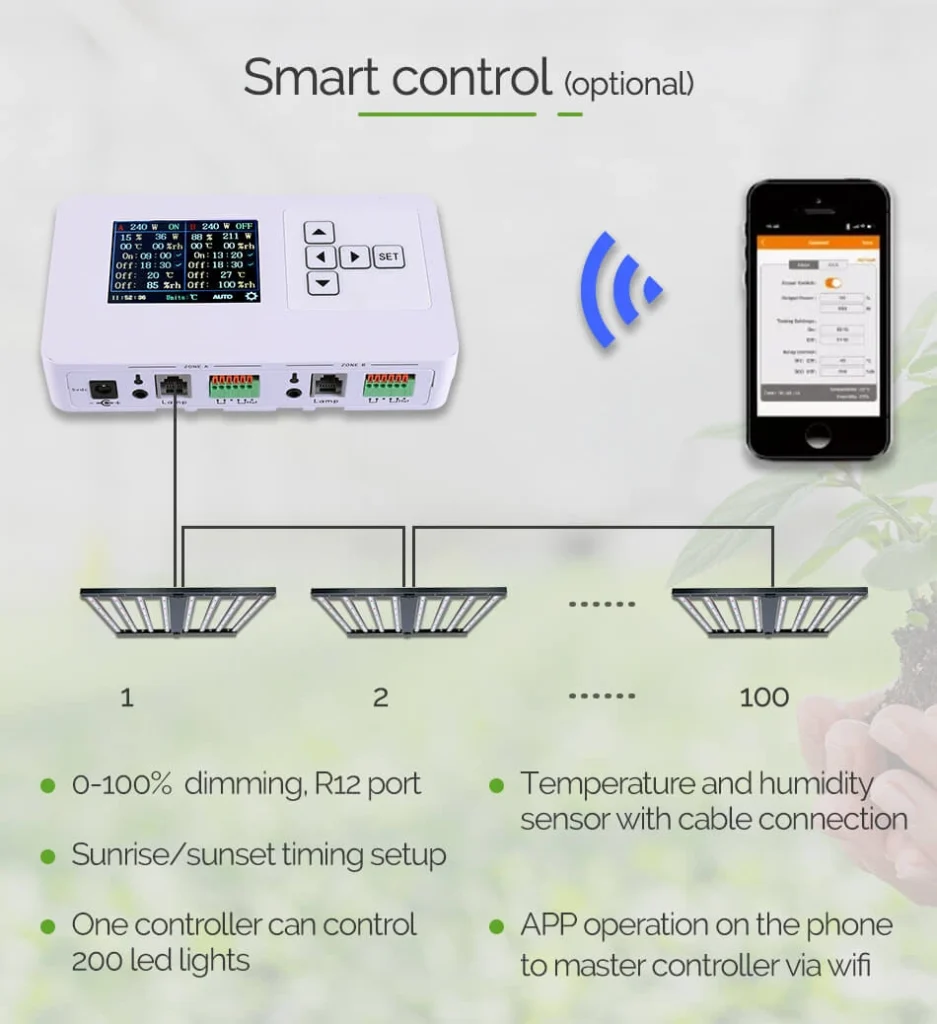
6. عدم وجود دعم ما بعد البيع أو اتساق المنتج
المشكلة غالبًا ما يتلقى المشترون وحدات إنتاج ضخمة لا تتطابق مع جودة العينات الأولية. والأسوأ من ذلك، لا يوجد دعم موثوق به عند ظهور مشاكل.
الحل الذي نقدمه: نضمن تطابق الإنتاج الضخم مع جودة العينة من خلال عقود محددة بوضوح. ويوفر فريقنا الدعم الفني عن بُعد، ونحتفظ بسجلات إنتاج مفصلة لإمكانية التتبع والاتساق.
سيناريوهات التطبيق: حيثما تتفوق مصابيح الطيف الكامل عالية الطاقة
لا تعد مصابيح LED عالية الطاقة كاملة الطيف ذات الطيف الكامل مجرد اتجاه - إنها حل عملي لمجموعة واسعة من بيئات الزراعة واسعة النطاق. فيما يلي ثلاثة سيناريوهات رئيسية للتطبيق حيث تُظهر هذه المصابيح أداءً متميزًا وقيمة طويلة الأجل:
1. زراعة القنب الصناعي
في عمليات القنب التجارية، تؤثر جودة الضوء وشدته تأثيرًا مباشرًا على محتوى القنب وملامح التربين والمحصول الكلي. القنب محصول عالي الطلب على الضوء، ويتطلب مستويات من 800-1500 ميكرولولتر/م²/ثانية أثناء الإزهار. توفر مصابيح LED عالية الطاقة كاملة الطيف لدينا ضوءًا قويًا وموزعًا بالتساوي مع أطوال موجية حمراء وحمراء بعيدة محسنة، مما يعزز البراعم الكثيفة والنمو المنتظم.
ما أهمية ذلك:
يعزز إنتاج THC/CBD
يقلل التباعد بين العقدتين
يضمن نتائج متسقة عبر المظلات الكبيرة
يدعم التحكم في الإضاءة القابلة للتطوير ومتعددة المناطق لمختلف السلالات ومراحل النمو
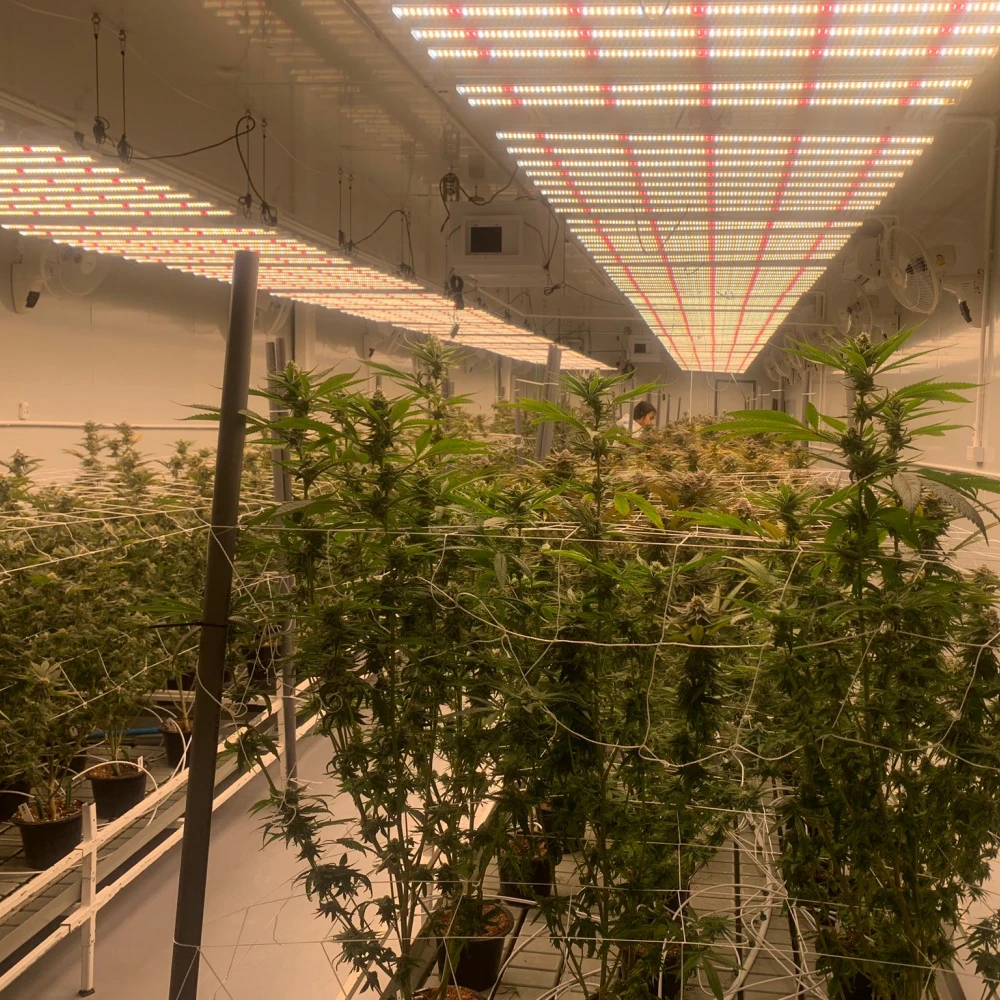
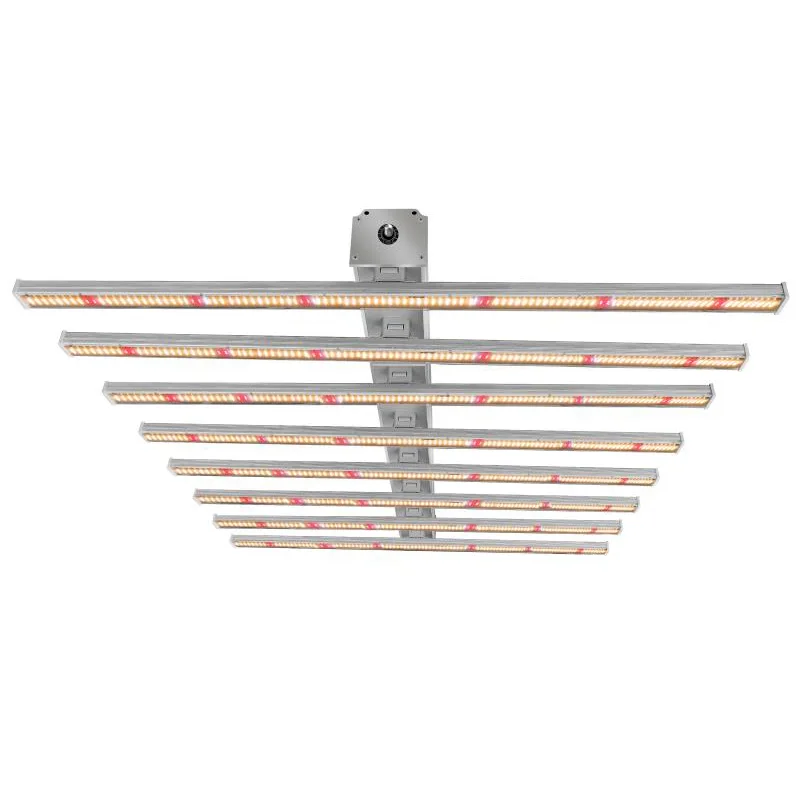
مصباح النمو LED كامل الطيف 1000 واط سبايدر 1000 واط
جهد الإدخال: DC100-277 فولت تيار مستمر 100-277 فولت
واط: 1000 واط
الطيف: طيف كامل (6500 كلفن + 3000 كلفن + أحمر + أزرق)
الفعالية: 2.8 أمول/يوم/يوم
كفاءة الإضاءة: 140 لومن/ثانية: 140 لومن/ثانية
CRI: >75
درجة IP: IP54
الأبعاد: 1090x1070x143 مم
الوزن: 18 كجم
الضمان: 5 سنوات
2. أنظمة الزراعة العمودية
تعتمد المزارع الرأسية الموفرة للمساحة على التحكم البيئي الدقيق - والإضاءة هي أحد أهم العوامل الحاسمة. فمع المسافة المحدودة بين الطبقات، يحتاج المزارعون إلى تركيبات توفر إضاءة عالية PPFD مع حرارة منخفضة وعوامل شكل مدمجة. تتلاءم مصابيح (ليد) عالية الطاقة رفيعة المستوى التي نقدمها بشكل مثالي مع أنظمة الأرفف، مما يوفر إضاءة متوازنة كاملة الطيف للخضراوات الورقية والأعشاب والخضراوات الدقيقة وغيرها.
ما أهمية ذلك:
إضاءة موحدة في الأماكن الضيقة
تشغيل موفر للطاقة في الغرف التي يتم التحكم في مناخها
تحكم اختياري في التعتيم والتحكم في التطبيق لكل مستوى
توليد الحد الأدنى من الحرارة يتجنب إجهاد المحاصيل الحساسة
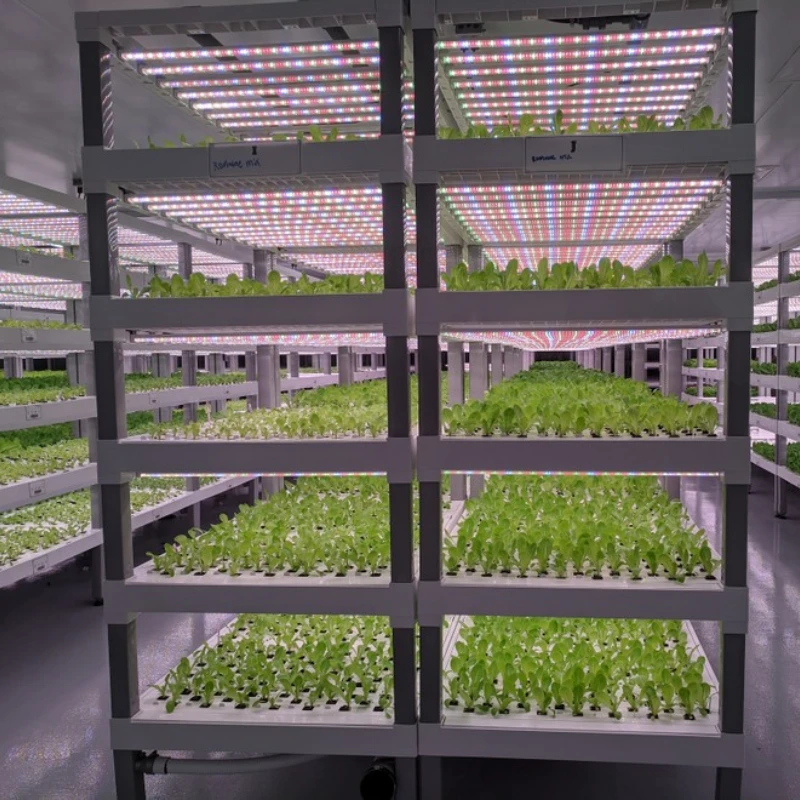
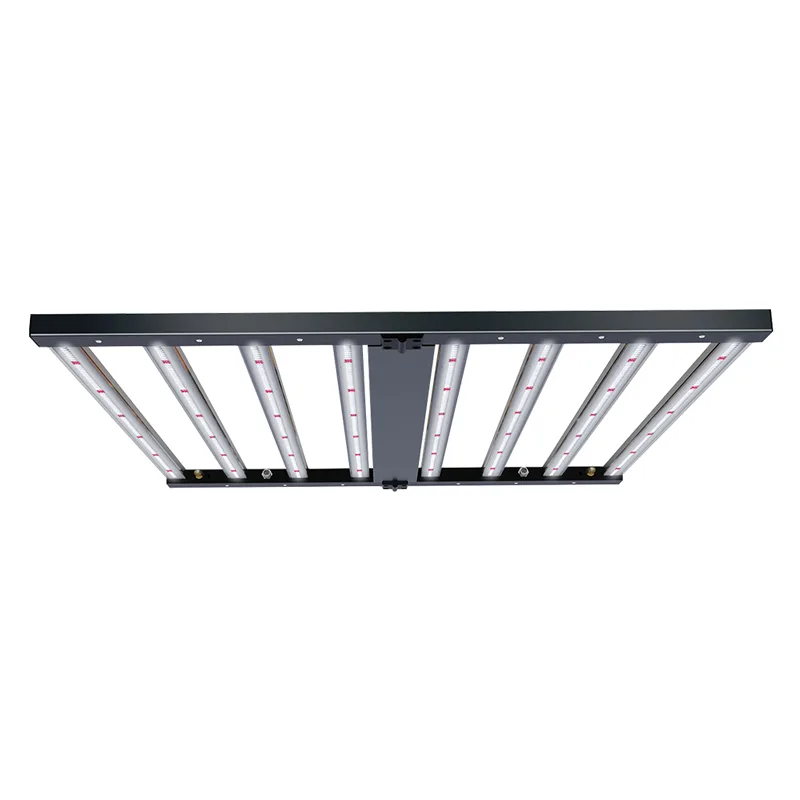
مصباح LED قابل للطي بقدرة 600 واط كامل الطيف LED قابل للطي
جهد الإدخال: DC100-277 فولت تيار مستمر 100-277 فولت
واط: 600 واط
الطيف: طيف كامل (6500 كلفن + 3000 كلفن + أحمر + أزرق)
الفعالية: 2.6 ميكرول/يوم/يوم
كفاءة الإضاءة: 150 لومن/ثانية: 150 لومن/ثانية
CRI: >75
درجة IP: IP65
الأبعاد: 1058108542 مم
الوزن: 8.5 كجم
الضمان: 5 سنوات
3. إنتاج الخضروات في البيوت المحمية
في عمليات الاحتباس الحراري واسعة النطاق، تكمل مصابيح LED التي تنمو على نطاق واسع ضوء الشمس الطبيعي خلال الأيام الغائمة أو أشهر الشتاء أو الدورات الليلية. صُممت تركيباتنا بتصميمات مقاومة للماء IP65/IP67 وتوفر أطيافًا قابلة للتخصيص مصممة خصيصًا لمحاصيل مثل الطماطم والخيار والفلفل والخس. وبفضل إنتاجيتها العالية ومتانتها الممتازة فإنها تقلل من التقلبات الموسمية في المحاصيل وتحسن الإنتاجية على مدار العام.
ما أهمية ذلك:
مكملات أشعة الشمس للحفاظ على المستوى الأمثل للضوء اليومي المتكامل (DLI)
يحسن لون المحصول وطعمه ومدة صلاحيته
سهولة الاندماج مع البنية التحتية الحالية للبيت الزجاجي
يقلل من تكاليف الطاقة مقارنة بأنظمة HPS
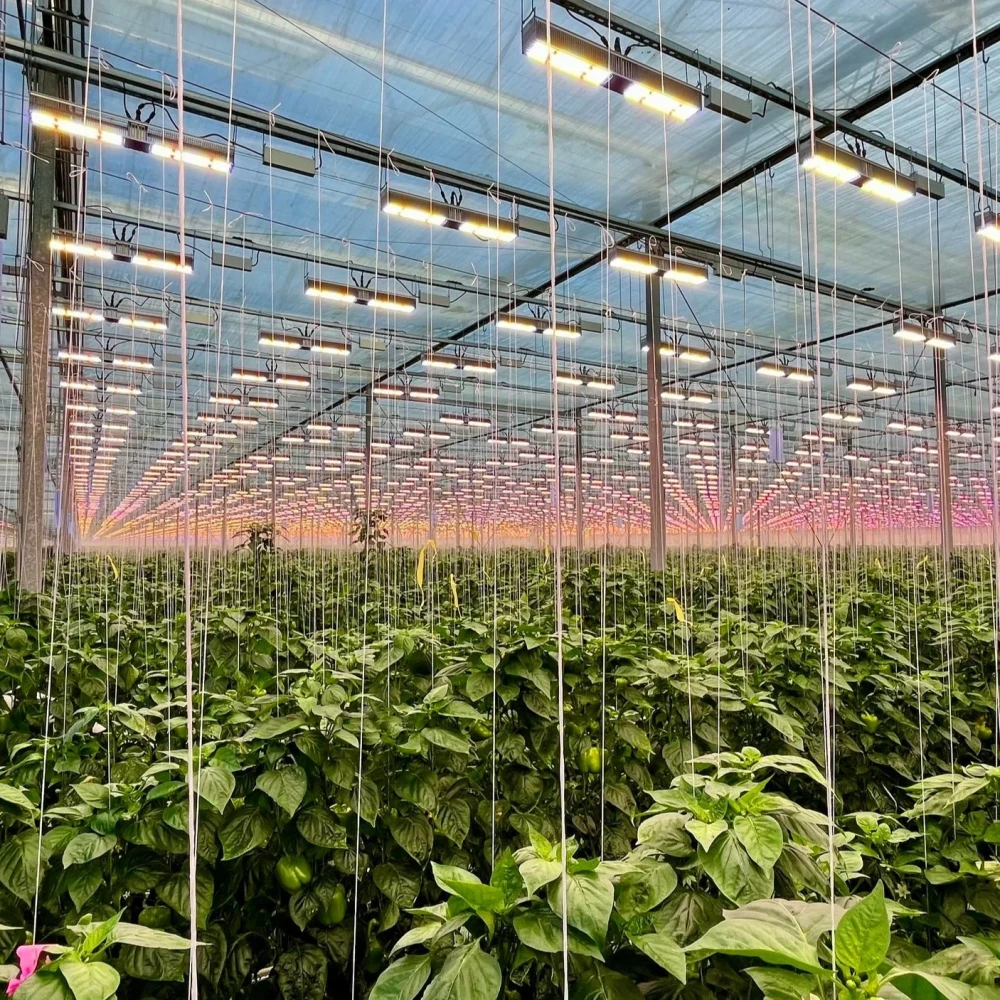
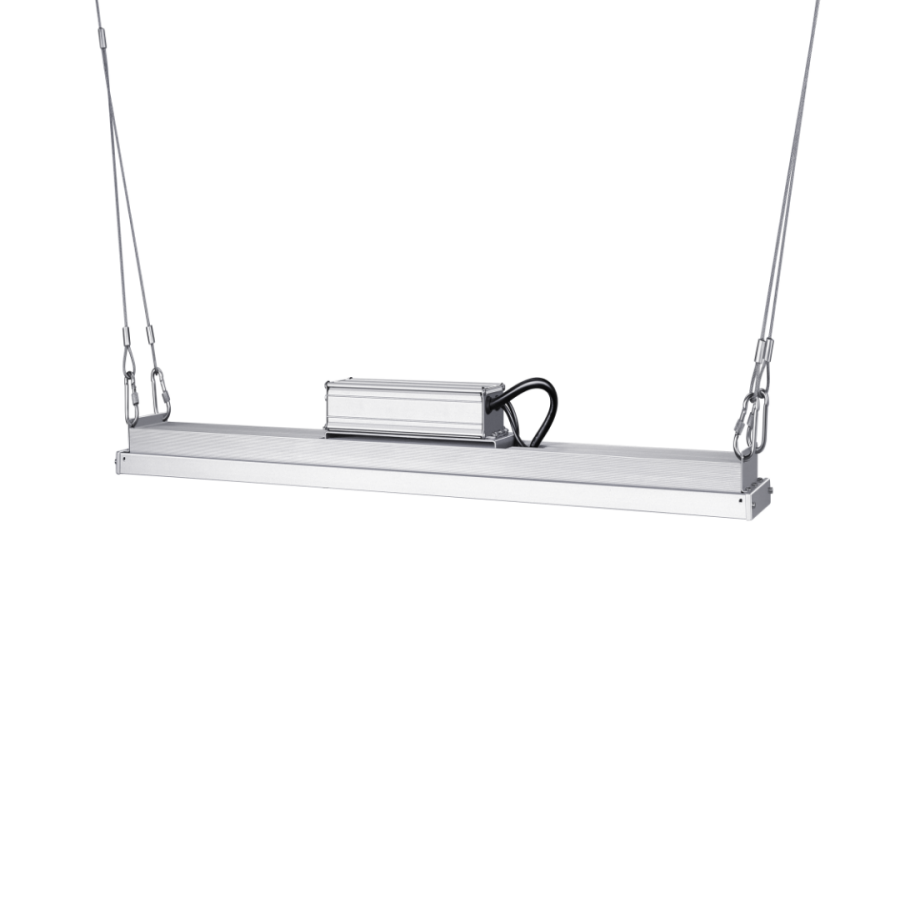
مصباح LED خطي 300 واط كامل الطيف كامل الطيف
جهد الإدخال: DC100-277 فولت تيار مستمر 100-277 فولت
واط: 300 وات
الطيف: طيف كامل (6500 كلفن + 3000 كلفن + أحمر + أزرق)
الفعالية: 2.6 ميكرول/يوم/يوم
كفاءة الإضاءة: 150 لومن/ثانية: 150 لومن/ثانية
CRI: >75
درجة IP: IP65
البُعد: 120010886 مم
الوزن: 7.6 كجم
الضمان: 5 سنوات
من أين تشتري مصابيح LED عالية الطاقة ذات الطيف الكامل الموثوق بها بكميات كبيرة
عند الحصول على مصابيح LED عالية الطاقة كاملة الطيف للزراعة التجارية، فإن جودة المنتج والدعم الهندسي وخدمة ما بعد البيع لا تقل أهمية عن المواصفات الفنية. وهنا يأتي دور سيجنلايت (كينجرو لايت) تبرز.
بفضل ما يزيد عن 9 سنوات من الخبرة في مجال البحث والتطوير والتصنيع لمصابيح (ليد) لمصابيح النمو، قدمت شركة Signlite خدماتها لمجموعة كبيرة من المزارعين والموزعين المحترفين في جميع أنحاء أمريكا الشمالية وأوروبا وجنوب شرق آسيا (بما في ذلك تايلاند). إن معرفتنا المتعمقة بالصناعة وقدراتنا الهندسية تجعلنا شريكًا موثوقًا به لمشاريع الإضاءة الزراعية الصعبة.
في Signlite، لا نقدم فقط المنتجات الجاهزة - نحن متخصصون في خدمات تصنيع المعدات الأصلية وتصنيع التصميمات الأصلية، مما يسمح للعملاء بتخصيص كل شيء بدءًا من ضبط الطيف وحجم التركيبات وأنظمة التحكم والتصميم الميكانيكي. سواء كنت بحاجة إلى وحدة تركيبات تناسب نظام رف محدد، أو طيف ضوئي مخصص لمحصول متخصص، أو التكامل مع منصة أتمتة المزارع الخاصة بك، يمكن لفريق البحث والتطوير المتخصص لدينا تصميم ما تحتاجه وتقديمه.
الجودة هي جوهر كل ما نقوم به. فبدءاً من توريد المكونات وحتى التجميع النهائي، يخضع كل منتج لإجراءات فحص واختبار صارمة للجودة. نحن نوفر وثائق كاملة، بما في ذلك تقارير الطيف وبيانات الأداء الحراري وخرائط PPFD واختبارات الموثوقية. تضمن معايير الإنتاج لدينا تطابق الطلبات بالجملة مع جودة العينة، وندعم عملاءنا بالتوجيه الفني عن بُعد وخدمة ما بعد البيع سريعة الاستجابة.
إن اختيار شركة Signlite يعني الشراكة مع فريق يفهم احتياجات المزارعين في العالم الحقيقي ويعرف كيفية ترجمتها إلى حلول إضاءة عالية الأداء ومتينة تعمل في هذا المجال.

